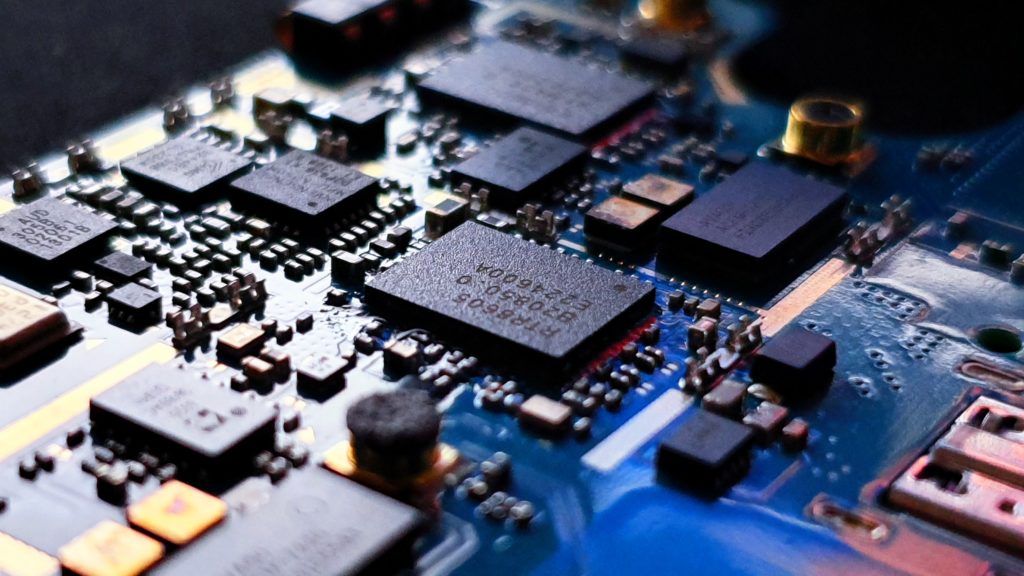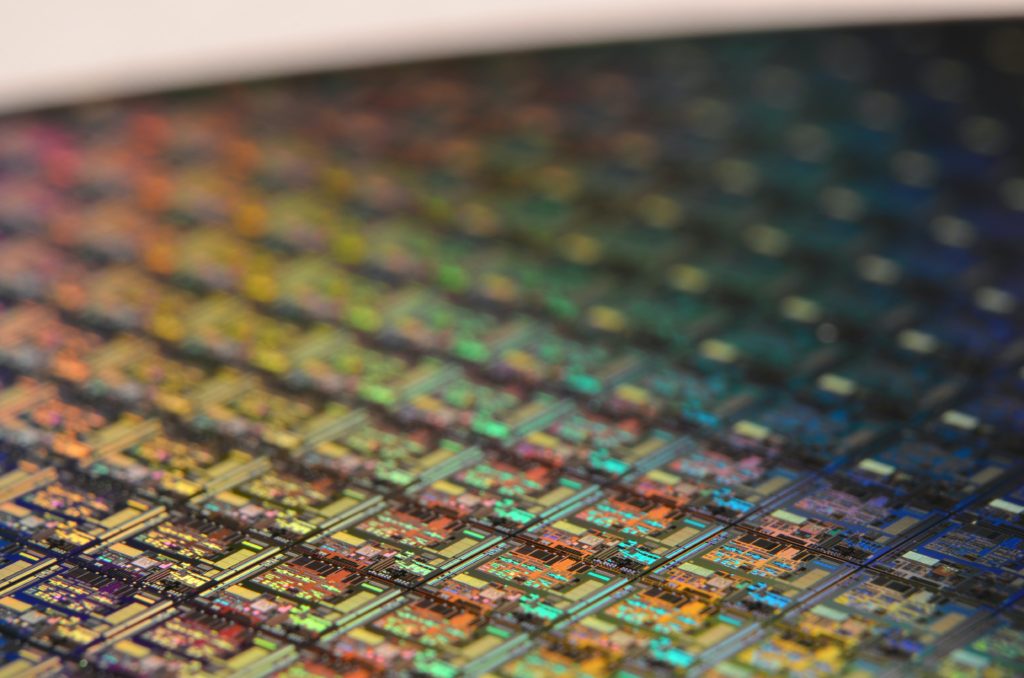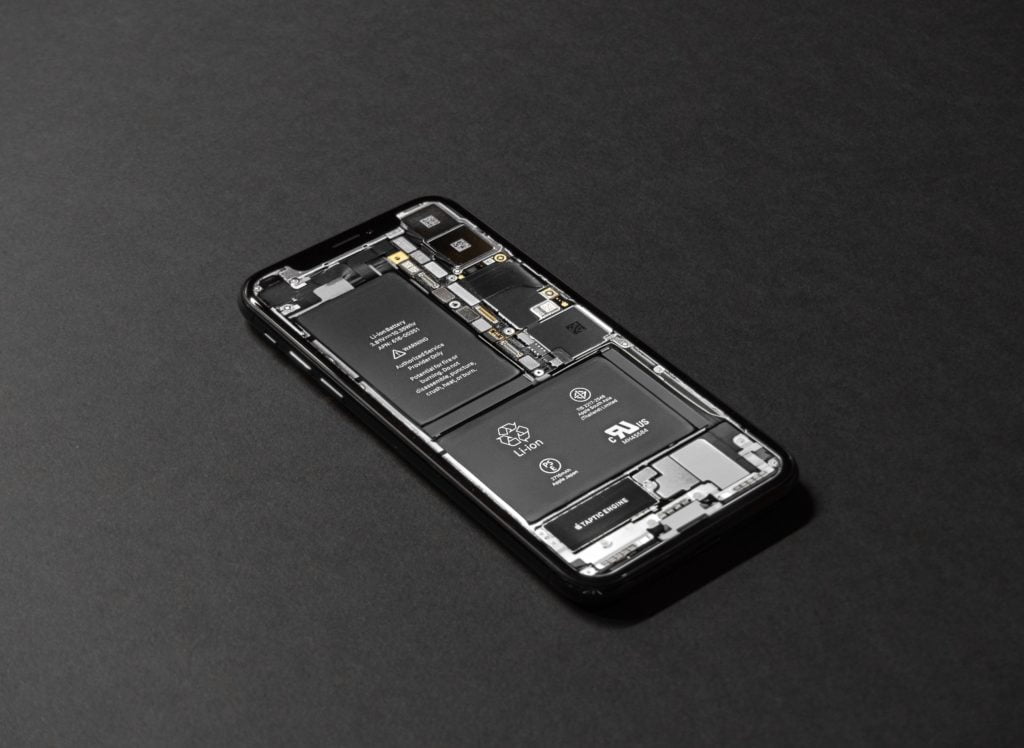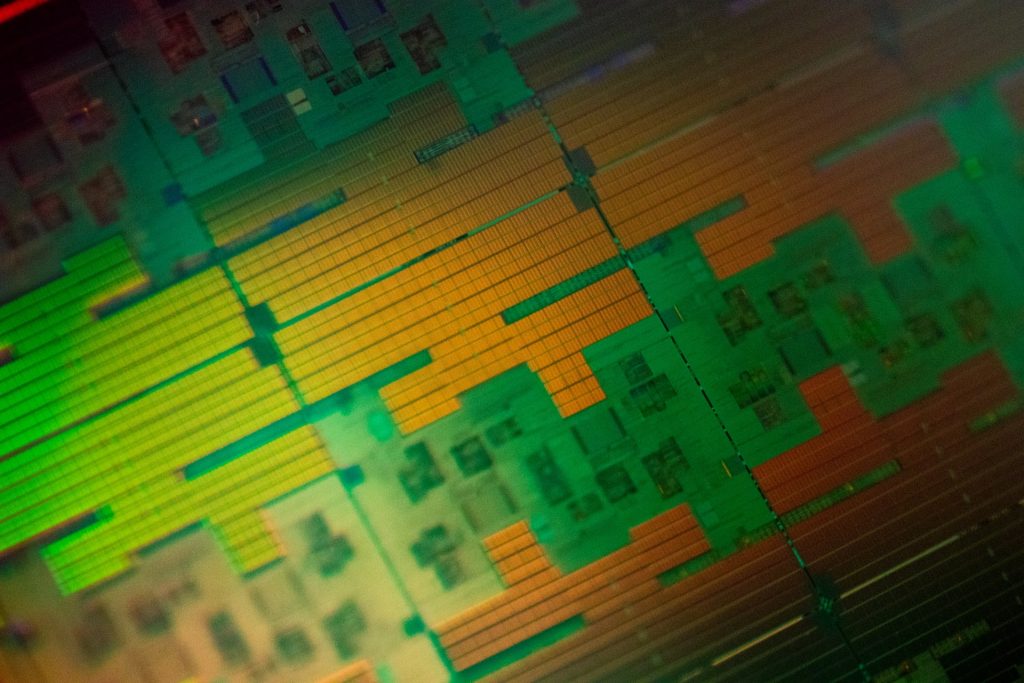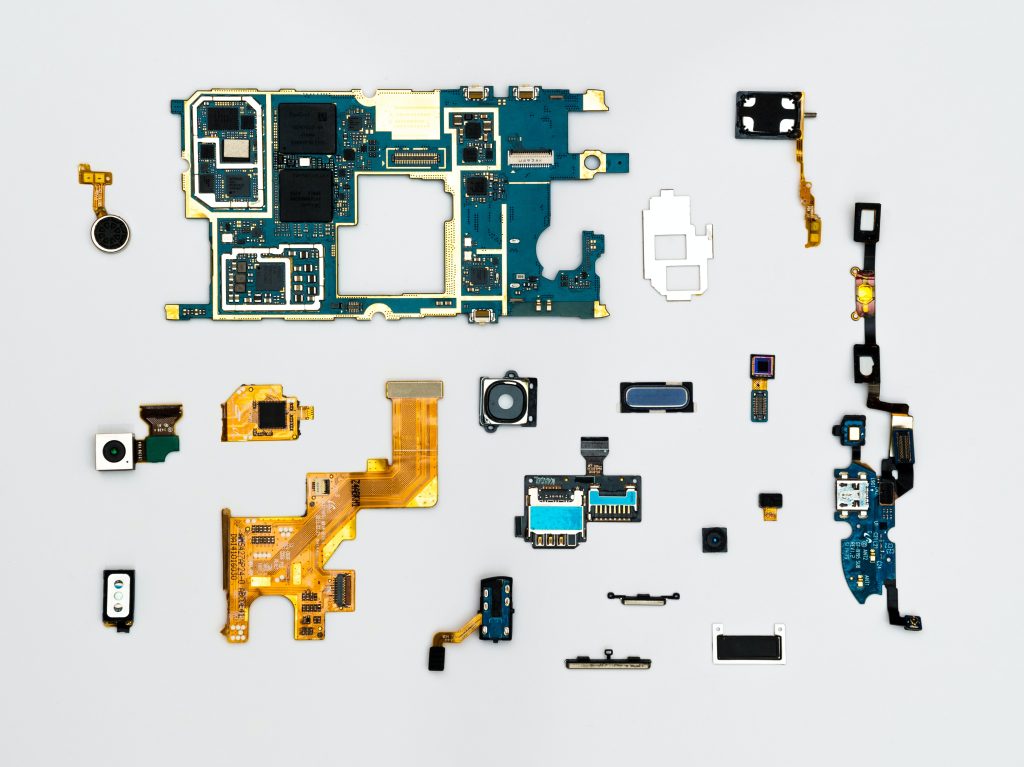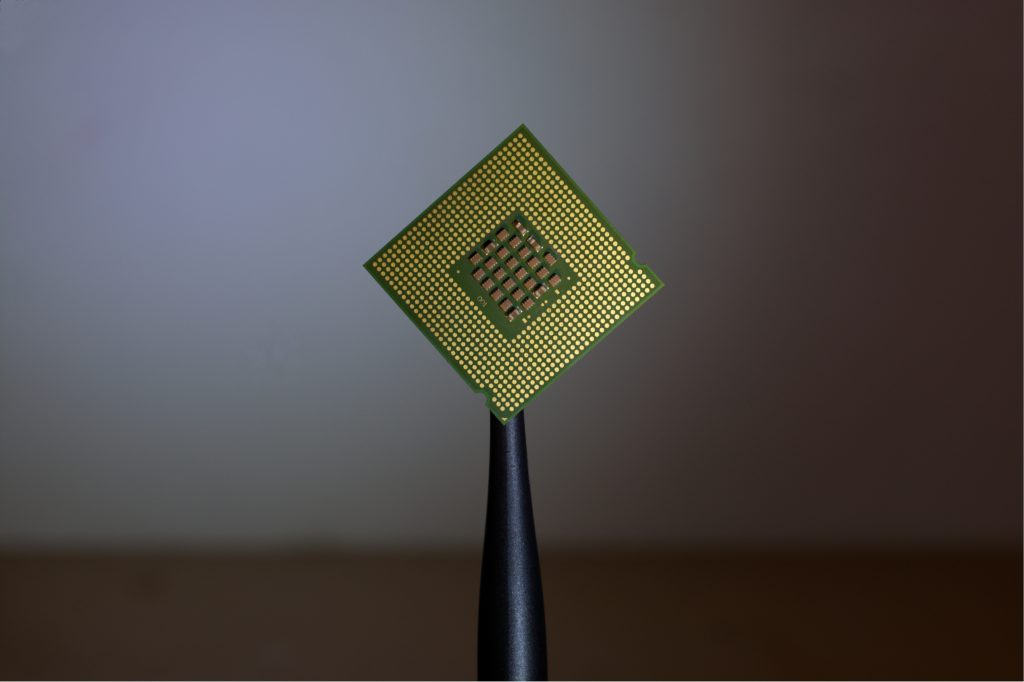Photo by Yogesh Phuyal on Unsplash
THE IMPACT OF SEMICONDUCTOR FAT OUTSOURCING
The process of developing a semiconductor product requires several business and technical components to work together. Depending upon the business model of the semiconductor company, these development activities (mainly design and manufacturing) can be insourced or outsourced.
The technical aspects of semiconductor product development are often insourced and developed in-house. Doing so requires investing in teams to drive research and development activities. The outcome of these efforts is patents and intellectual property, which in turn allows the development of more advanced products and thus provides an edge over other semiconductor companies. However, the manufacturing part of the semiconductor can be executed in two ways: in-house or outsourced, and the final decision is based on the business requirements and planning.
The business component of semiconductor product development mainly decides on how to develop the product after the design stage: semiconductor manufacturing. In the last few decades, semiconductor manufacturing has become more outsourced than insourced, and the major driving factor for this is cost optimization apart from resource balance.
The outsourcing model in semiconductor manufacturing is applied to three specific domains:
Fabrication: Pure-Play FABs are hired to fabricate wafers.
Assembly: Vendors who provide different types of silicon packaging services.
Test: Semiconductor houses that are capable of providing resources to test wafers and packaged products.
FAT – Fabrication, Assembly, And Test – outsourcing has increased mainly due to FAB-LESS growth. However, as the number of companies without in-house semiconductor manufacturing grows, the dependence on external vendors increases too. Over the years, the process and business model of semiconductor FAT outsourcing have to lead to both pros and cons.
Time: Every semiconductor design company wants to see their product go through semiconductor FAT in the shortest time possible. In reality, it is dependent on the vendor who is hired for the semiconductor FAT. If there is no capacity or resource constraint then the manufacturing time is fast, otherwise, the manufacturing process can take a lot of time, which is what is happening during the semiconductor shortage.
Reliance: As the semiconductor FAT outsourcing business grows, the reliance on external vendors is increasing year on year. This makes planning an important part of the semiconductor product development as any slip on the vendor side can hurt the design houses and their business. In case of any hiccups and difficulties, it is not easy to switch the outsourced vendor overnight, and this process makes it critical to capture and plan for countermeasures.
Cost: Not investing in internal manufacturing capacity can certainly reduce the CapEx and allows semiconductor companies to focus on building next-gen products. In the long run, semiconductor FAT outsourcing can provide several cost benefits. However, care should be taken for scenarios when external resources run out of capacity due to demand, and it turns starts increasing the cost of outsourcing.
Features: In the end, all semiconductor design houses are providing features. These features are in form of packaged products but internally several sub-features are driving the system. Some critical features are dependent on the outsourcing vendors who are capable of fabricating as per the requirement (technology-node for example) and then can also package parts as per package technology. This also means that majority of the design features are also driven by well equipped the semiconductor FAT providers are.
Resource: One of the most positive impacts of semiconductor FAT outsourcing is resource allocation. By focusing on design and then letting external vendors manufacture, enables semiconductor companies to focus on future roadmap while external vendors bring today’s product to reality.
Semiconductor FAT outsourcing is not new and has been around for decades. The future of semiconductor outsourcing looks bright mainly due to the growing market and it will certainly make semiconductor design (mainly FAT less) houses more dependent on FAT outsourcing than ever, but the semiconductor shortage and impact it had on the industry is going to make certain specific changes in the future of semiconductor FAT outsourcing.


THE FUTURE OF SEMICONDUCTOR FAT OUTSOURCING
Recent development in the semiconductor industry is now questioning the worldwide semiconductor manufacturing capacity. From the technology point of view, it is difficult to build capacity overnight and this makes the manufacturing process far more critical than few other stages in the product development phase.
Semiconductor dependent end-companies/customers (and even governments) have realized the role played by the semiconductor manufacturing process. On top of that, the companies and governments are also realizing that it takes time, effort, and a large amount of investment to build a basic semiconductor manufacturing infrastructure.
All these new learnings are certainly pushing the future of semiconductor FAT outsourcing. In the long term, all the push might bring more market for the semiconductor outsourcing business.
Diverse: Today, there are specific regions that are dominating the semiconductor FAT outsourcing business. The experience gained out of the semiconductor shortages is pointing to the fact that there is a need for a far more diverse manufacturing supply chain. Whether this is by building more capacity or by upgrading existing ones, the end result will be more diverse (spread across different countries) than it is today.
Balance: Hiring external vendors for FAT is inevitable in many cases. Care must be taken by ensuring that there is no growing dependence on external vendors. This means the semiconductor companies should always have some percentage of internal capacity, but that requires CapEx, resources, and planning. In the end, it is not a good strategy to rely on external vendors for all semiconductor manufacturing needs and that is why it is becoming critical to balance internal manufacturing with external.
Consolidation: There are different types of semiconductor FAT outsourcing options. Some are giant vendors who hold more than 40% of the market and then several smaller vendors also play a crucial role. As the semiconductor industry comes out of the semiconductor shortage issues, there will be more activity of manufacturing consolidation wherein smaller vendors will merge to bring investment for new capacity. This consolidation might also be driven by semiconductor companies (design-focused) acquiring manufacturing assets.
Joint Ventures: Joint Ventures (JV) is another future roadmap that semiconductor FAT outsourcing will follow. This might see different FAB and OSAT opting for JVs with design houses. The probability of JVs happening at a very high rate is low, but this is certainly going to be the case for companies looking to enter the semiconductor manufacturing arena.
Catch-Up: Semiconductor FAT outsourcing capacity crunch is going to drive new capacity along with up-gradation of existing ones. However, the majority of this new capacity might also come from regions and countries which never had any experience in the FAT outsourcing business. Governments worldwide are providing incentives to set up new FAB and OSAT capacity, and this will allow respective countries to catch up with the other FAT markets/regions.
Ultimately the semiconductor manufacturing is going to be driven heavily by the FAT outsourcing model, and there is no harm in it. It is upon the semiconductor FAT less companies to understand their market and then accordingly invest either in the internal manufacturing capacity or the external ones.
In the end, the semiconductor FAT outsourcing is going to keep rising as the semiconductor market grows.
